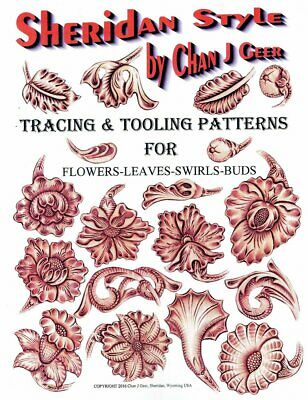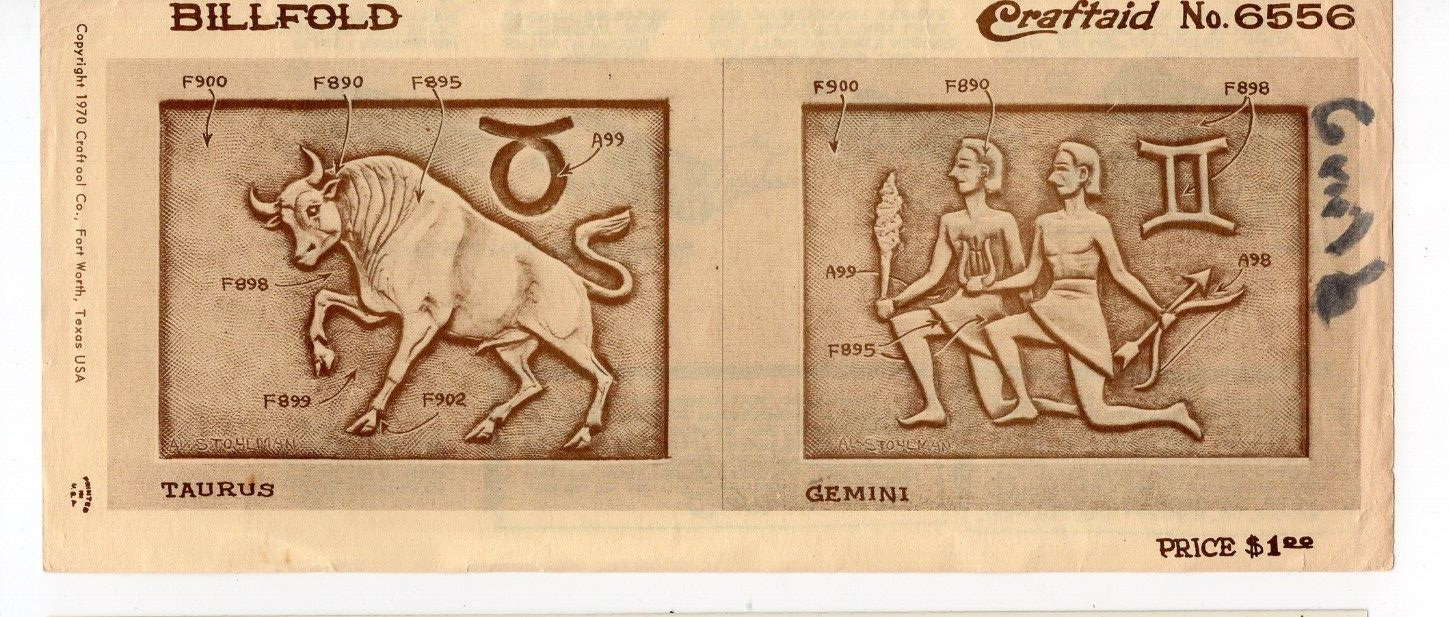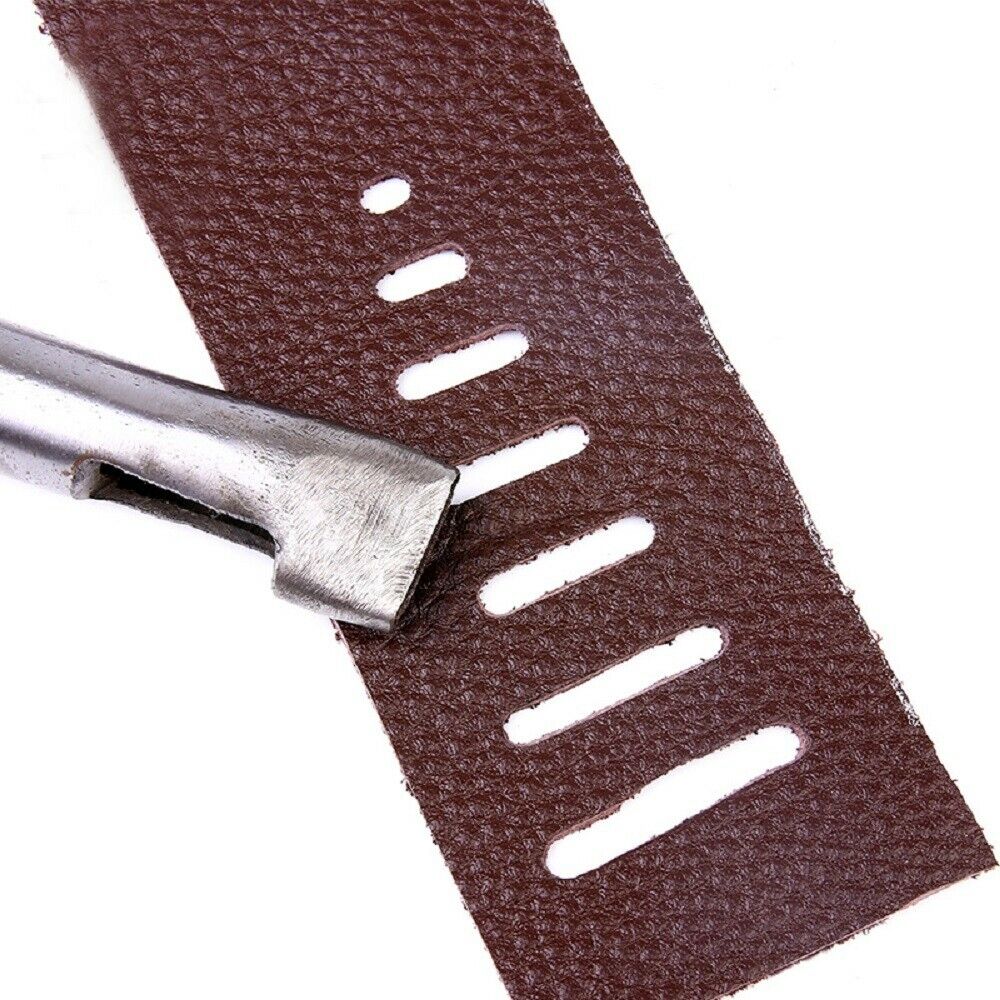-40%
Early Tudor Men's Garments #53
$ 12.11
- Description
- Size Guide
Description
Early Tudor Men's Garments #53Description:
The Renaissance in England
Period Patterns number 53, Early Tudor Men's Garments, c. 1495-1537, contains patterns for 3 gowns, 3 skirted doublets, 1 skirted jerkin, 2 skirtless doublets and 3 shirts (sizes 36-48).
This pattern goes with Period Pattern #43, 92, and 93.
The Tudor period marked the beginning of the Renaissance in England,and fashion (especially after 1509) reflected the change. Henry VII,who usurped the throne in 1485, was extremely frugal, and fashion changed slowly during his reign. Henry VIII inherited the throne with a large treasury at the age of 18, and the court blossomed. He was insecure, aggressive, blatantly masculine and suddenly extremely rich. All of which reflected in the opulent new fashions, especially for men. During Henry's reign, styles for both sexes combined elements of German, Spanish and Italian fashions, with heavy French influence overall. The quintessence of what is usually thought of as "Tudor" fashion is shown in view IV for men, and view V for women.
Men
During Henry VII's reign, the houpelande (Period Patterns no. 26) became a robe or gown, opening down the front, soon left unbelted and open. This was worn over a skirted doublet, shirt and hose (Period Patterns #43). Slashing became popular, and the modest codpiece became a grotesque brag. As Henry VIII aged he favored short full gowns to hide his increasing bulk, thus creating a square silhouette.
Zelikovitz Leathers is an Official Distributor of Mediaeval Miscellanea Period Patterns and stocks the full line of available patterns.
Mediaeval Miscellanea has created copyrighted Period Patterns for sewing authentic period clothing. The patterns, designed by professional costumers, are rigorously researched to ensure historical authenticity. Each package includes complete, full sized cutting patterns in all sizes listed on the envelope (which permits easier custom fitting; sizes are based on standard commercial pattern sizes and can easily be scaled up or down to create additional sizes). Detailed, fully illustrated, step-by-step sewing instructions are provided in addition to general instructions (seam finishes etc.), and most patterns include suggested pattern layout.
Each pattern package contains historical notes with illustrations from contemporary sources providing background information, as well as possible enhancements and variations. On the back of the package additional important information is provided including garment description (with country and approximate dates where possible), sizing, notions and yardage requirements for each size and suggested fabric type for each garment.
47-53









